"The Last Kilometre" or in my case the last 6 or so.
Getting "The Internet" to my place.
Due to the aging copper in the ground and distances from local exchanges I'm not able to obtain an ADSL connection. (quite a funny statement in todays age.)
There was some hope with the NBN (but lets not go there now).
So this left me with planning out a way to get reliable/fast internet connectivity to my house. I pondered the idea of running my own fibre, this would end up being a very expensive install. I looked into satellite but found that it is not very fast. I am currently using mobile connectivity which is usable, not overly fast, costs a fortune once you start actually wanting to use the data.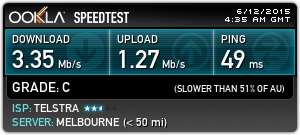 Having a little bit of knowledge about "the internet" I decided to roll my own wifi link. I initially looked at trying to connect back to the exchange that my phone line currently terminates too. Upon learning that it is only ADSL1 capable I ruled that out as an option.
Having a little bit of knowledge about "the internet" I decided to roll my own wifi link. I initially looked at trying to connect back to the exchange that my phone line currently terminates too. Upon learning that it is only ADSL1 capable I ruled that out as an option.
This had me looking in the other direction to the next nearest exchange, as luck would have it the exchange in the opposite direction supports ADSL2+. Spending sometime on google earth mapping out links from A to B, getting rather disheartened to learn I'm up for more then just an A to B (going to need a C) I finally mapped out a path to bring an internet connection to my home/office. Thanks to the wonderful people in my local community I approached my neighbours and they were more then happy to allow me to place the equipment I need on there shed/paddock/etc to setup my wifi link. So below is the proposed path. 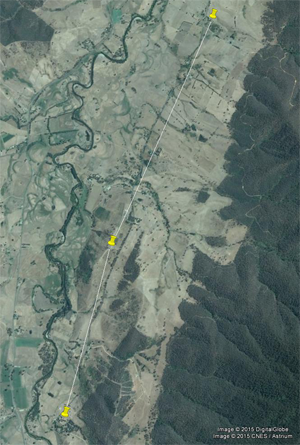
I marked out the path and checked my elevations for the 2 paths. Path 1 will be around 4km's from the base station to the repeater. Path 1 rising around 123meters. 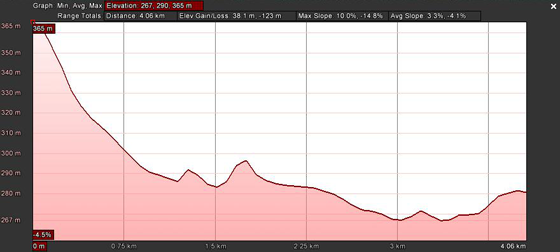
Path 2 will be around 2.7km's from the repeater to my house. Path 2 rising around 124meters. 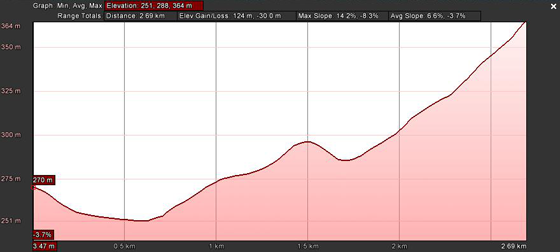
With my binoculars in hand I went for a walk to all 3 locations and made sure I had a clear line of sight to all spots. Now I need to plan what I will need to put at the middle location, as it has no power and will end up on the small ridge of a hill.
Stay tuned I'll update my initial plans as I get time to write it all down.



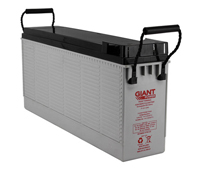 So the above covers the power generation and power storage. The MPPT controller will output 12V (for my initial testing) but can be switched to 24V if I need too.
So the above covers the power generation and power storage. The MPPT controller will output 12V (for my initial testing) but can be switched to 24V if I need too.